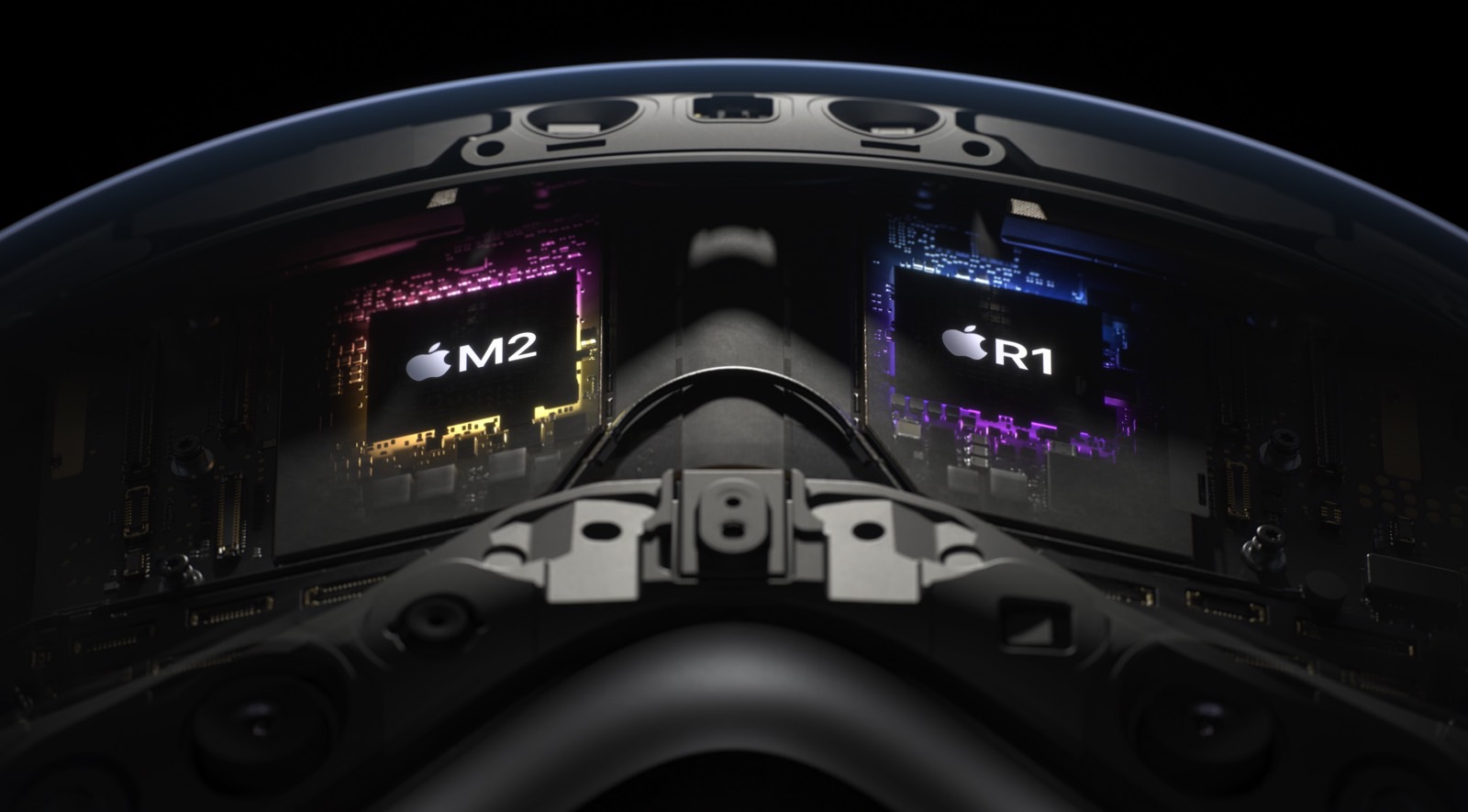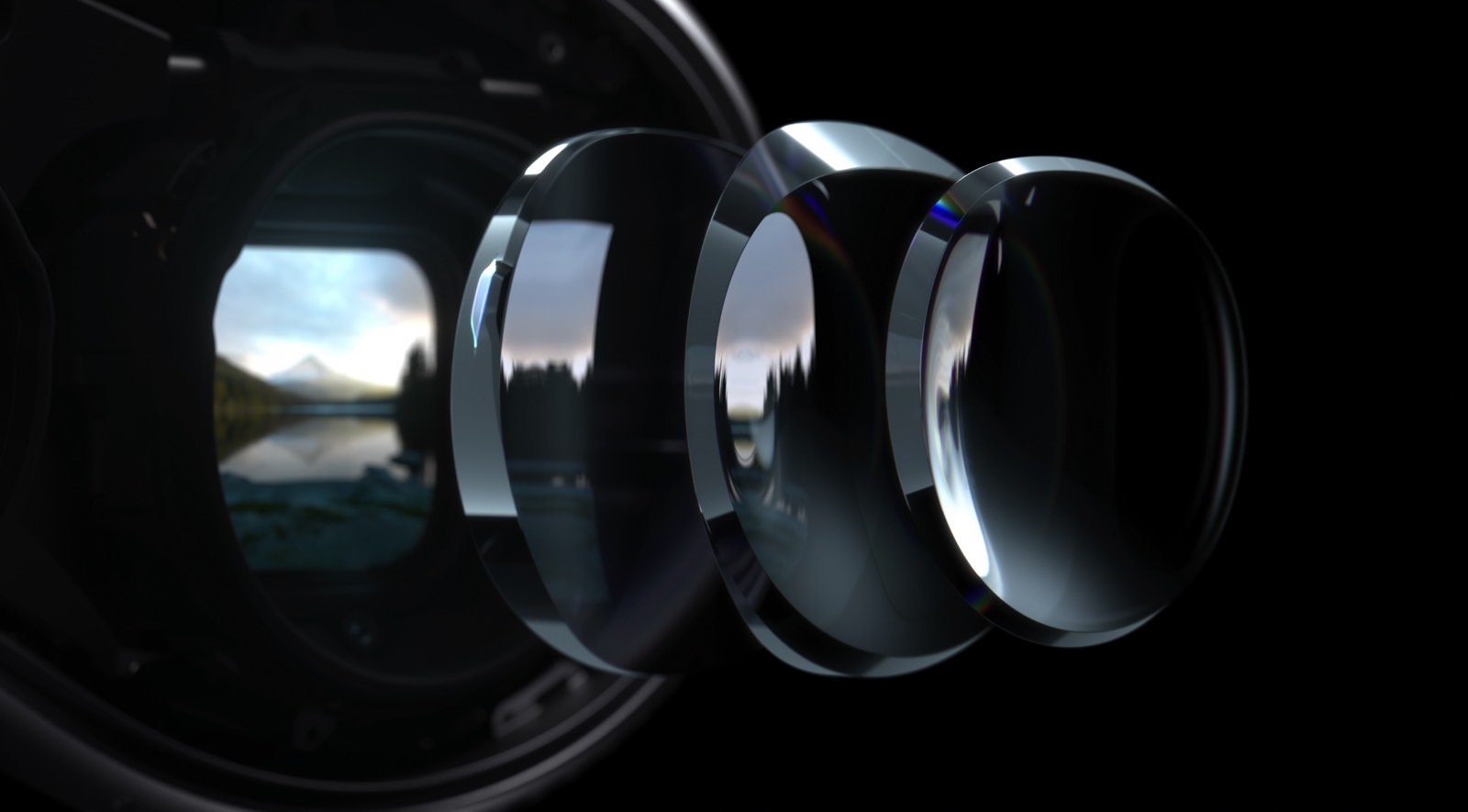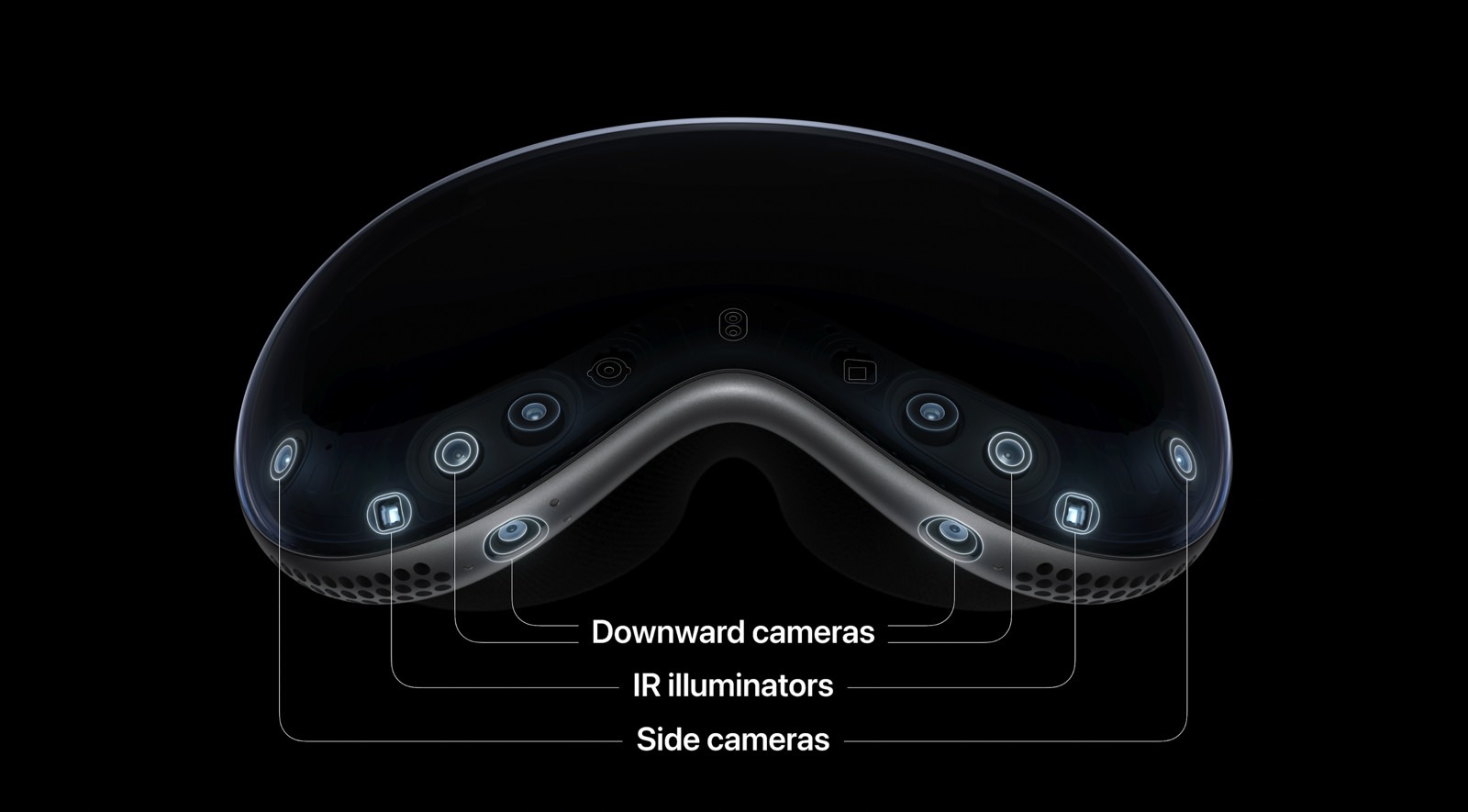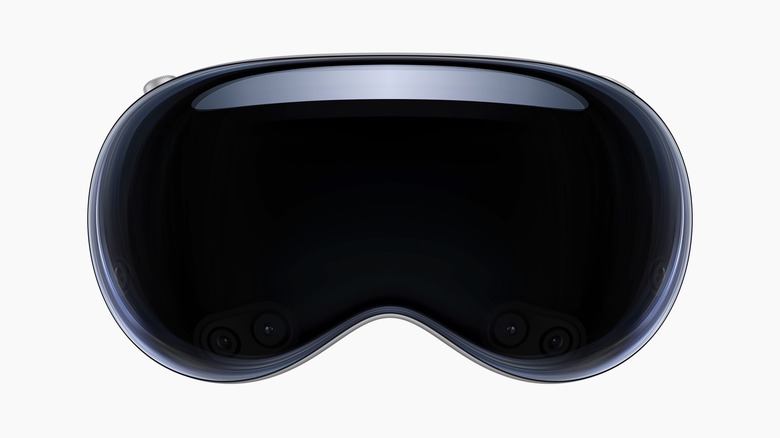Cheaper Vision Pro Is Coming, But I Refuse To Miss Out On Apple's 1st-Gen Model
People are still not over the Vision Pro's $3,499 starting price, which some can't understand. Why is Apple charging seven times what the Meta Quest 3 will cost for essentially offering the same features? I've already explained that in a previous post. The Vision Pro has some incredible hardware, unlike anything available on the market. Hardware that's needed to power the next-gen version of computing; also something unique in the industry. The Vision Pro price reflects all the innovation that went into designing and building the headset to these specifications.
As the name suggests, the Vision Pro is the best mixed reality headset Apple can manufacture right now. A cheaper version is in the works, which might be called Vision, or Vision SE, although this is just speculation. Whatever Apple calls the more affordable version, the company is already working on it, according to a new report. But waiting for the cheaper Vision Pro might not be worth it.
I'm one of the people already looking to get the Vision Pro, regardless of the high entry price. I think the Vision Pro sets the stage for the post-iPhone era, and I'm keen on experimenting with it from the first visionOS release.
It might take half a decade until Apple makes AR glasses that can replace the iPhone. Or longer. But the Vision Pro computer and its successors will prepare us for that. Then there's the nature of my work, reporting on the newest technologies and gadgets.

Not everyone might have similar interests. And others might want the Vision Pro for different reasons. Whatever that might be, it'll probably be best if you go for the first-gen device, the one that Apple unveiled a week ago than waiting for the cheaper model.
Everyone else waiting for a more budget-friendly device will have to strap in for a couple of years of waiting. And when that Vision or Vision SE model does hit the market, it might not be significantly cheaper than the Pro.
Bloomberg's Mark Gurman wrote in his Power On newsletter that Apple is selling the Vision Pro at or near the cost to make it. The company has invested over $15 billion in making the device. But the reporter said that Apple is already looking into making a cheaper model.

The most expensive Vision Pro components are the camera and sensor array, the Apple silicon chips, and the dual 4K micro OLED panels. Interestingly, I highlighted two of these components as key Vision Pro features that competitors will have a tough time matching. On the camera front, I only focused on the inner-facing cameras that make Optic ID possible.
Gurman speculates that Apple could use lower-quality screens, an iPhone chip or an older Mac processor, and fewer cameras. He adds that a simpler headband design lacking speakers would also work. In such a case, the user would have to employ AirPods for spatial sound.
Also, Apple could downgrade the automatic IPD mechanism that adjusts the two displays to the distance between the user's eyes to a physical one. It could remove the 3D camera as well.
The Bloomberg says that Apple could "knock several hundred dollars off the price," after these moves. Gurman doesn't see Apple compromising on in a cheaper Vision model are the external EyeSight screen and the eye- and hand-tracking system that makes navigation possible.

Apple reportedly plans to release the cheaper Vision model in late 2025. The second-gen Vision Pro should arrive around the same time.
I am absolutely convinced that Apple will indeed a cheaper Vision model down the road. And when that happens, the price should be easier to swallow. But if Gurman's guesses are correct, we'd still be looking at a high price tag. Apple might never match Meta's pricing scheme for the Quest models. Or the $999 Quest Pro.
Therefore, if you have any good reason to buy the Vision Pro right now, you probably should. You can always return it. And if you decide to keep it, you'll be using visionOS for two years by the time the cheaper model rolls out.
